UAV for Oil&gas pipelines inspection
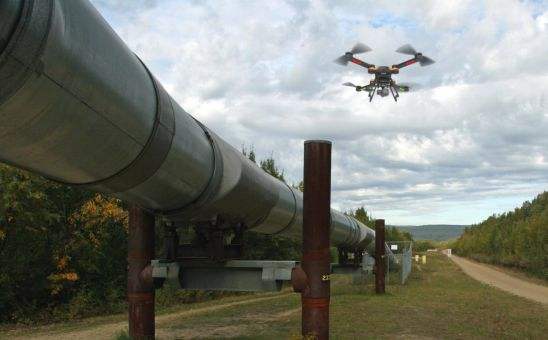
Oil and gas pipelines include crude oil pipelines, finished product pipelines and natural gas pipelines. The geographical span of oil and gas pipelines is large, and the total mileage of oil and gas pipelines continues to grow. The need to strengthen pipeline safety inspection and management is more urgent. However, conventional inspections are obviously unable to meet the requirements of high, precise, and accurate, and more scientific and technical means are needed for oil and gas pipeline inspection. Now the use of drones for inspection has gradually become an application trend in the international oil and gas industry.
Because oil and gas pipelines are buried underground for a long time, they will suffer from performance degradation and internal and external wall corrosion caused by long-term or overdue use of the pipeline; they will suffer from various uncertain factors such as natural disaster damage and third-party man-made damage, which brings potential to the safe operation of the system. Threatened. Once a leakage or explosion accident occurs, it will seriously threaten the lives and property safety of the people. Routine inspections can no longer meet the requirements, and more scientific and technical means are needed for management.
At present, pipeline patrols mainly adopt three methods: artificial, optical fiber or electronic induction, and drone patrol.
Manual patrol and its limitations
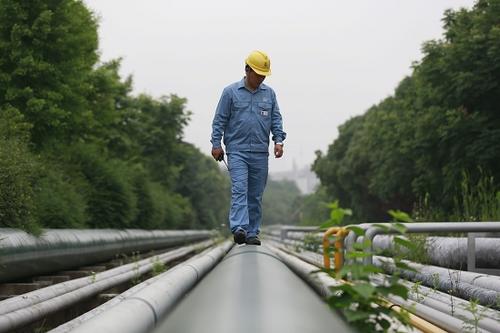 As the most basic patrol method, patrol personnel generally rely on walking to observe and check the line conditions and make records. In areas with open and flat terrain, vehicles can still be used for patrol inspection, but in most cases, the pipelines are in the terrain. Complicated and rugged areas inevitably restrict manual inspections. Under severe weather conditions, extreme geographic environments and natural disasters, it is easy to cause pipeline damage and failure due to external factors. The high labor cost, large workload, and many restricted conditions reflect the inherent limitations of manual inspection.
As the most basic patrol method, patrol personnel generally rely on walking to observe and check the line conditions and make records. In areas with open and flat terrain, vehicles can still be used for patrol inspection, but in most cases, the pipelines are in the terrain. Complicated and rugged areas inevitably restrict manual inspections. Under severe weather conditions, extreme geographic environments and natural disasters, it is easy to cause pipeline damage and failure due to external factors. The high labor cost, large workload, and many restricted conditions reflect the inherent limitations of manual inspection.
Optical fiber or electronic sensor inspection and insufficient
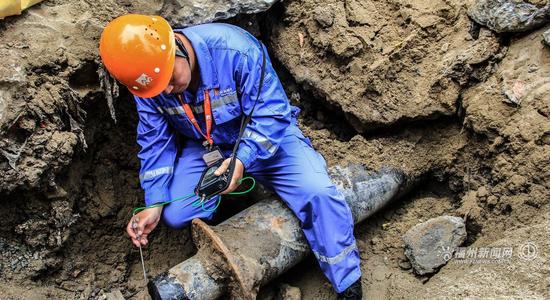 Using optical fiber sensors placed close to the pipeline, by detecting the changes of optical signals in the distributed sensors, the vibration around the pipeline is analyzed and early warning, and the signal fluctuations caused by pipeline leakage and temperature changes can be used to detect whether the pipeline is damaged. At present, optical fiber and most peripheral electronic sensing devices generally have high errors, short operating distances, high costs, and are not suitable for wide-range and long-distance pipeline monitoring, and optical fiber or electronic sensing inspections cannot obtain real-time accident points. Images provide decision-making for the command center.
Using optical fiber sensors placed close to the pipeline, by detecting the changes of optical signals in the distributed sensors, the vibration around the pipeline is analyzed and early warning, and the signal fluctuations caused by pipeline leakage and temperature changes can be used to detect whether the pipeline is damaged. At present, optical fiber and most peripheral electronic sensing devices generally have high errors, short operating distances, high costs, and are not suitable for wide-range and long-distance pipeline monitoring, and optical fiber or electronic sensing inspections cannot obtain real-time accident points. Images provide decision-making for the command center.
Application and advantages of automatic drone inspection
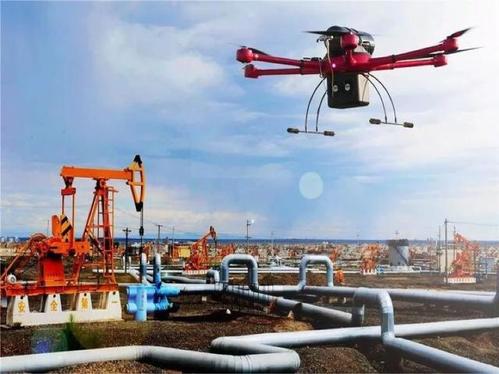
Survey and selection
Using drones to comprehensively and quickly understand the target terrain, geomorphology, hydrometeorology and other information can provide a basis for pipeline selection. Equipped with a high-resolution aerial camera and a surveying and mapping pod, the mission area is scanned and scanned to transmit data and images, and the data is processed to provide timely geographic and spatial information of the area, and provide reliable parameter basis for the oil and gas pipeline selection stage.
Pipeline construction
Use the data provided by the drone to analyze the terrain, traffic, and surrounding environment of the construction site, so that construction personnel and equipment can quickly enter the construction stage; at the same time, use the drone to view the progress of the construction site, equipment layout, pipeline direction, etc. Adjust the plan in time to ensure smooth construction according to design requirements.
Pipeline inspection
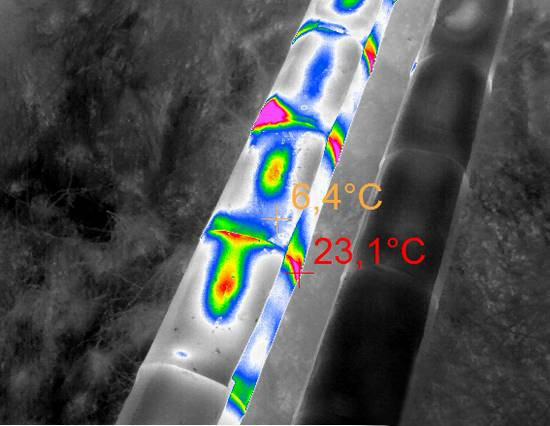 UAVs can efficiently complete large-scale routine inspections. Equipped with visible light, infrared dual-light pod, day and night monitoring equipment, can hover over the designated target for viewing; use the task pod to obtain the soil, weather, pipeline temperature and other information around the pipeline for analysis, and locate the suspicious situation Alarm, lock and track ground targets to explore details, and cooperate with remote megaphones to detect and stop pipeline damage and oil theft in time. For the gas field pipeline network, there are difficulties such as long pipelines, many inspection points, and difficult inspections, especially for the patrol sections with high patrol hazards such as trusses and suspension spans. The advantages of UAV inspections are compared with the above two inspections. The inspection method is very obvious.
UAVs can efficiently complete large-scale routine inspections. Equipped with visible light, infrared dual-light pod, day and night monitoring equipment, can hover over the designated target for viewing; use the task pod to obtain the soil, weather, pipeline temperature and other information around the pipeline for analysis, and locate the suspicious situation Alarm, lock and track ground targets to explore details, and cooperate with remote megaphones to detect and stop pipeline damage and oil theft in time. For the gas field pipeline network, there are difficulties such as long pipelines, many inspection points, and difficult inspections, especially for the patrol sections with high patrol hazards such as trusses and suspension spans. The advantages of UAV inspections are compared with the above two inspections. The inspection method is very obvious.
Utilizing the advantages of UAVs to inspect oil pipelines, not only can automatic inspections be carried out by planning routes, but also can be switched to manual control mode for special inspections, which improves the automation of patrol operations. It not only guarantees high efficiency, but also guarantees the personal safety of patrol personnel and reduces the cost of manual inspections and accident risks.
Heavy Lift Drone FD1550 drone for gas&oil pipe inspection

FD1550 drone
Specification
Aircraft Type: Hexacopter
Wheelbase: 1550mm
Airframe Material: Carbon Fiber And Composite Materials
Package Size: 400*730*930mm (standard)/ 700*700*300mm+110*45*20MM(portable)
Weight (Without Batteries Or Payload): 6.8kg
Max. Take-Off Weight:21-23kg
Max. Payload: 10-12kg
Max. Climb Speed: 4m/s
Cruise Speed: 10m/s
Max. Flying Speed: 15m/s
Battery Capacity: 22000mAh*12S LiHV 30000mAh*12S 18650 22000mAh*12S2P LiHV
Flight Time (Without Load): 62min(22000mAh*12S LiHV) 74min(30000mAh*12S 18650) 81min(22000mAh*12S2P LiHV)
Max. Control Radius: 10km
Max. Altitude AMSL: 4000m
Hovering Accuracy:Vertical ±1m, Horizontal±1.5m
Max. Wind Resistance: Level 6
Operation Temperature: -20~60℃
IP Rating:IP56









